Passion for Wildlife Photography
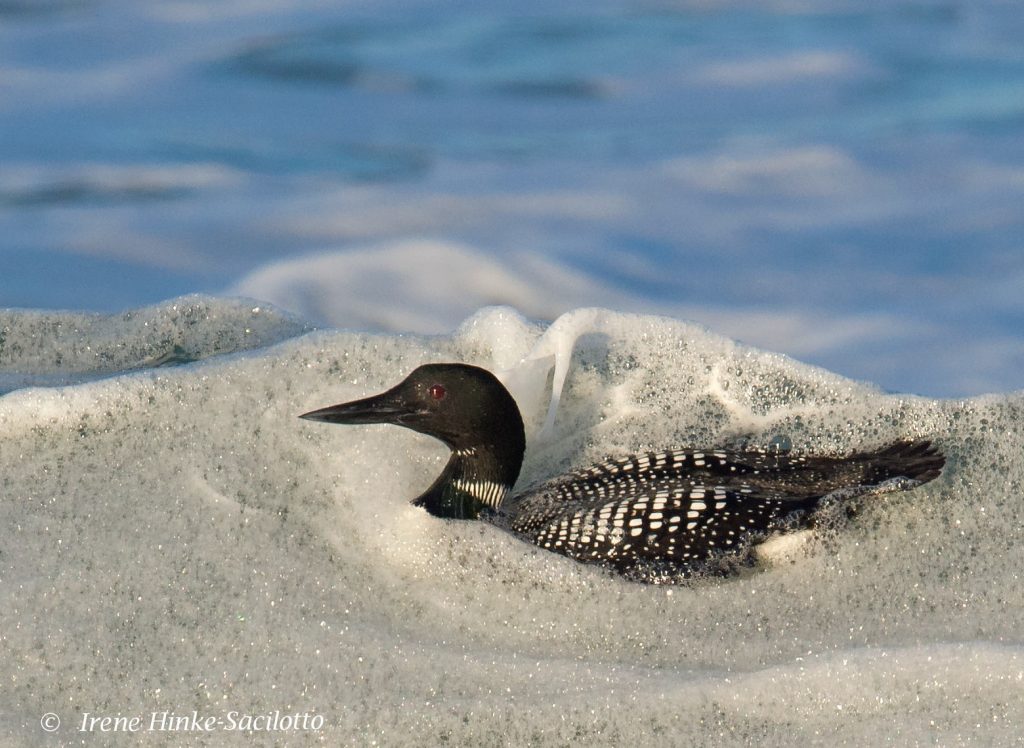
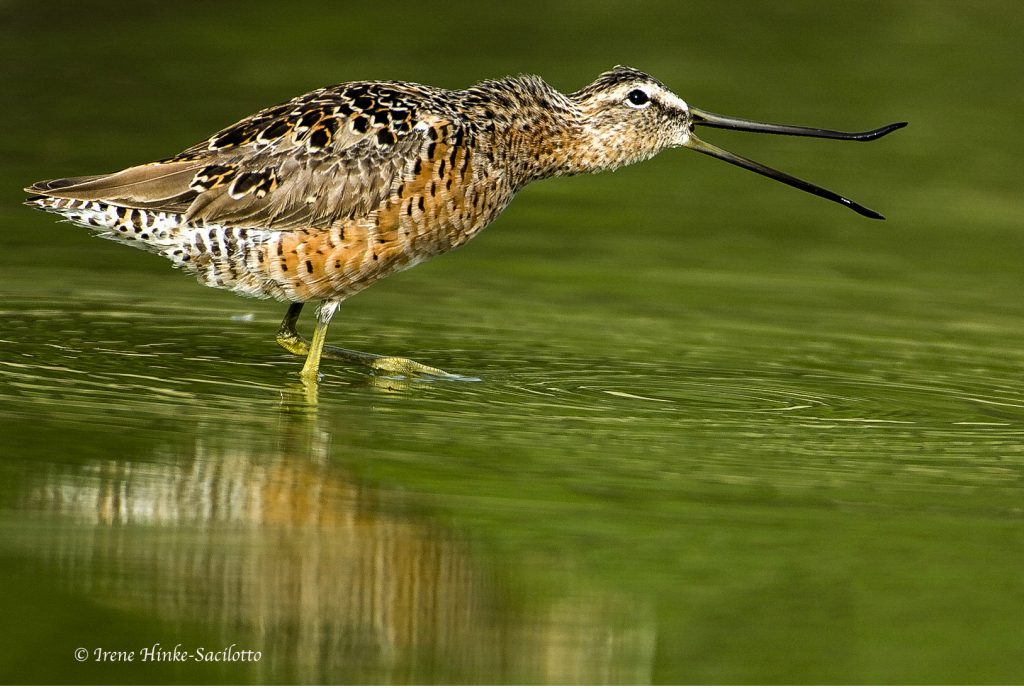
Inspiration
Why is wildlife my favorite subjects to photograph?
To begin, I inherited love of animals from my father. He lived in the Baltimore’s inner city in a row home with 12 siblings, but escaped whenever possible, walking great distances beyond city limit into the woods with his dog by his side. I am grateful for the knowledge he shared and reserving his free time to take me for walks in the woods turning over logs looking for salamanders and in treetops for squirrels. He instilled in me an appreciation for nature which resulted in my love of animals, no matter how common or unusual, and my commitment to wildlife photography.
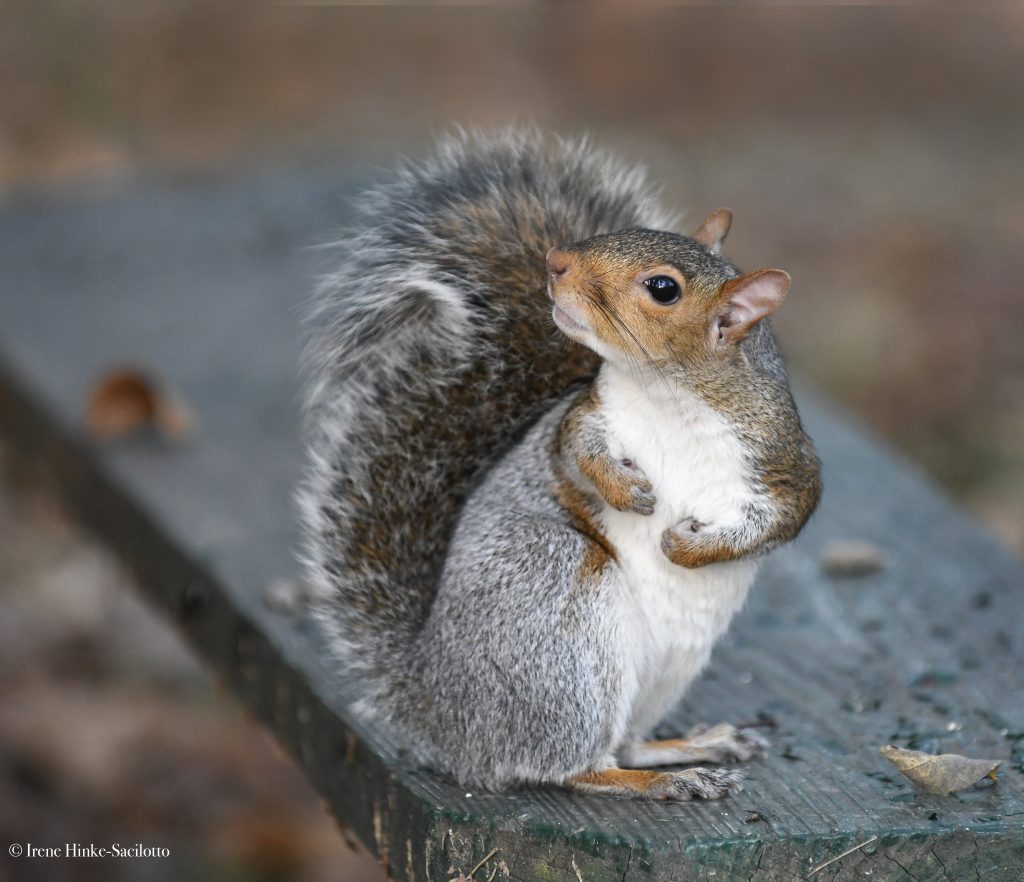
Engagement & Mindset
Wildlife photography engages my mind. It presents challenges – locating and approaching wildlife while anticipating behavior and questioning relationships. For me, the pursuit of wildlife photography is calming influence in my life. I call it “Photo Yoga”. When with animals, my goal is to connect with my subjects, screening out negative thoughts, worries, concerns, and problems. The pursuit images require my full concentration. By being immersed in moment, I can almost can instinctively sense what is going to happen next as my subconscious is recalls past encounters and visual cues. Even if I never take a shot, I treasure the memories and am grateful for the experience. Each only provides me with a mental database that will help me capture engaging images in the future as well as stories to share with my family, friends, fellow photographers, and workshop participants. For some photographers post processing highly enjoyable and where they express their creativity. For me, my greatest joy is capturing the images in the field and observing animals. Each encounter fills me with amazement and gratitude for the opportunity.
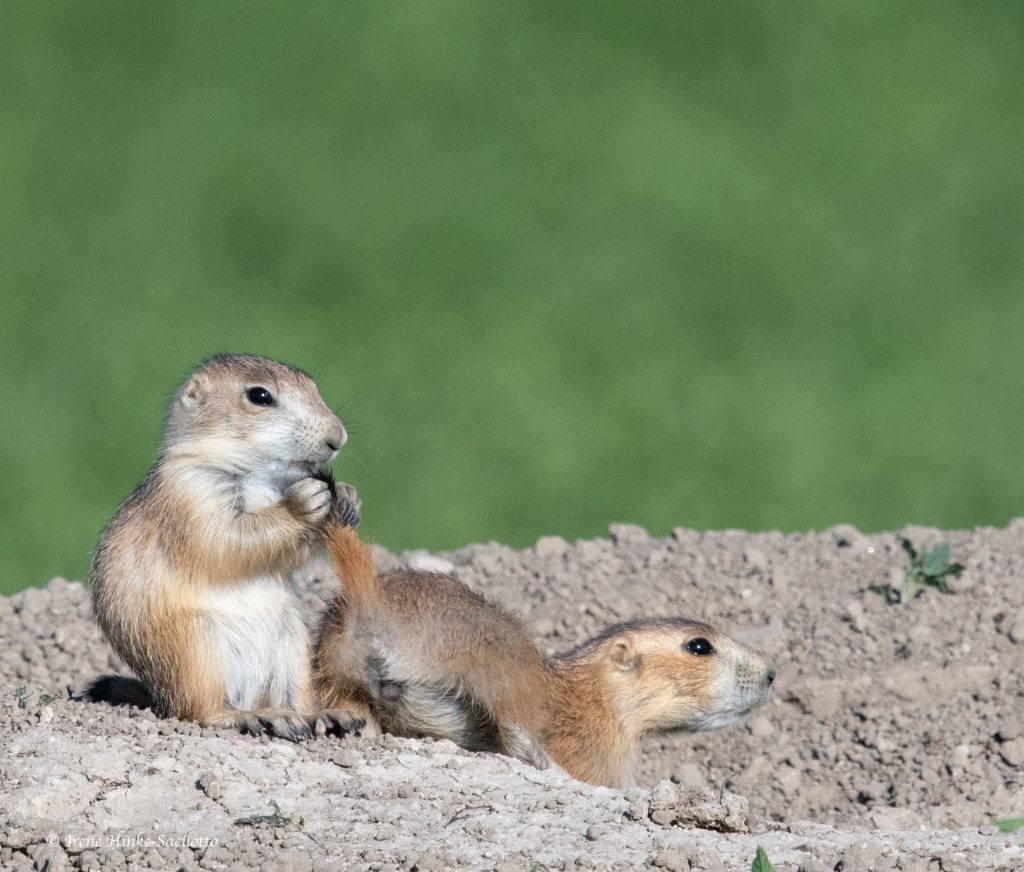
Changes in technology
Today we face rapid advances in technology and image processing. Instead of complaining, I welcome these advances for they keep my mind engaged and provide me with new tools to improve my photography. Occasionally you may catch me taking cell phone shots. As we all know, the cell phone is with us more than our more sophisticated cameras. I will often explore a new area with my iPhone in my hand taking a variety of shots looking for new approaches to a common subject and fueling my imagination. During workshops, I will share these images with participants to stimulate their imagination particularly when they are struggling to find a subject or interesting point of view. I admit, I have fun with the application “SnapSeed” doing quick edits and adding humorous text to images that I can immediately share with friends.
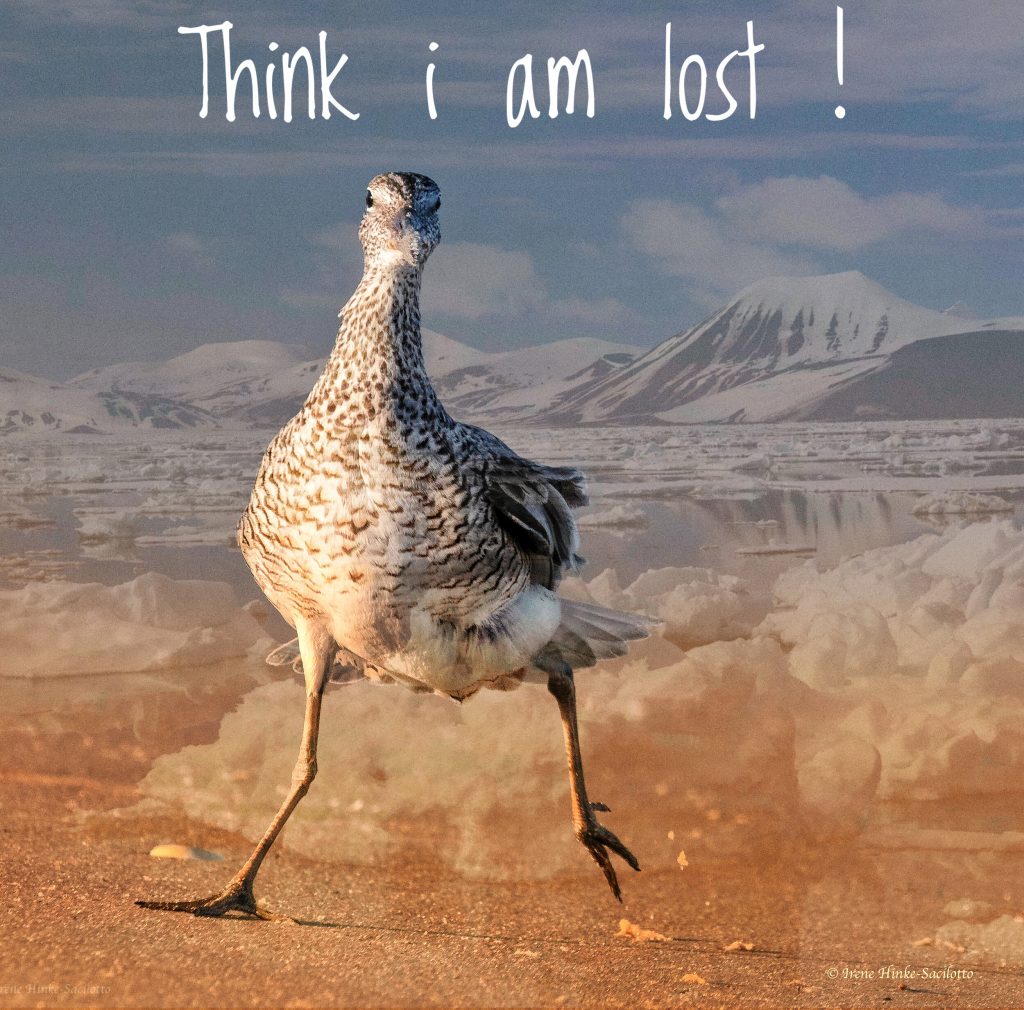
Patience & Perseverance
Patience and perseverance are tow of the main requirements for wildlife photography. Maybe nothing is happening at the moment. But if you wait, the situation may evolve into a specular image. I keep examining the scene looking for other photo opportunities than the one I originally had in mind. I will take a series of photographs, each time trying to make the next one better or different from the last. I may spend hours with one subject or return day after day to capture the perfect image.


Knowledge, the Key to Success
The more you know about your subject or a location, the better able you are to detect photo opportunities and capture decisive action. Careful observation of animal behavior and research are crucial. Now web searches make gathering information easier as well as talking to researchers, hunters, fellow photographers, birders, camera club members or just folks you see in the field. As with all photography, be actively aware of where the light is coming from, its quality, and color so you can use it to your advantage. Whatever conditions exist, there are often opportunities for photographs if you are open to them.

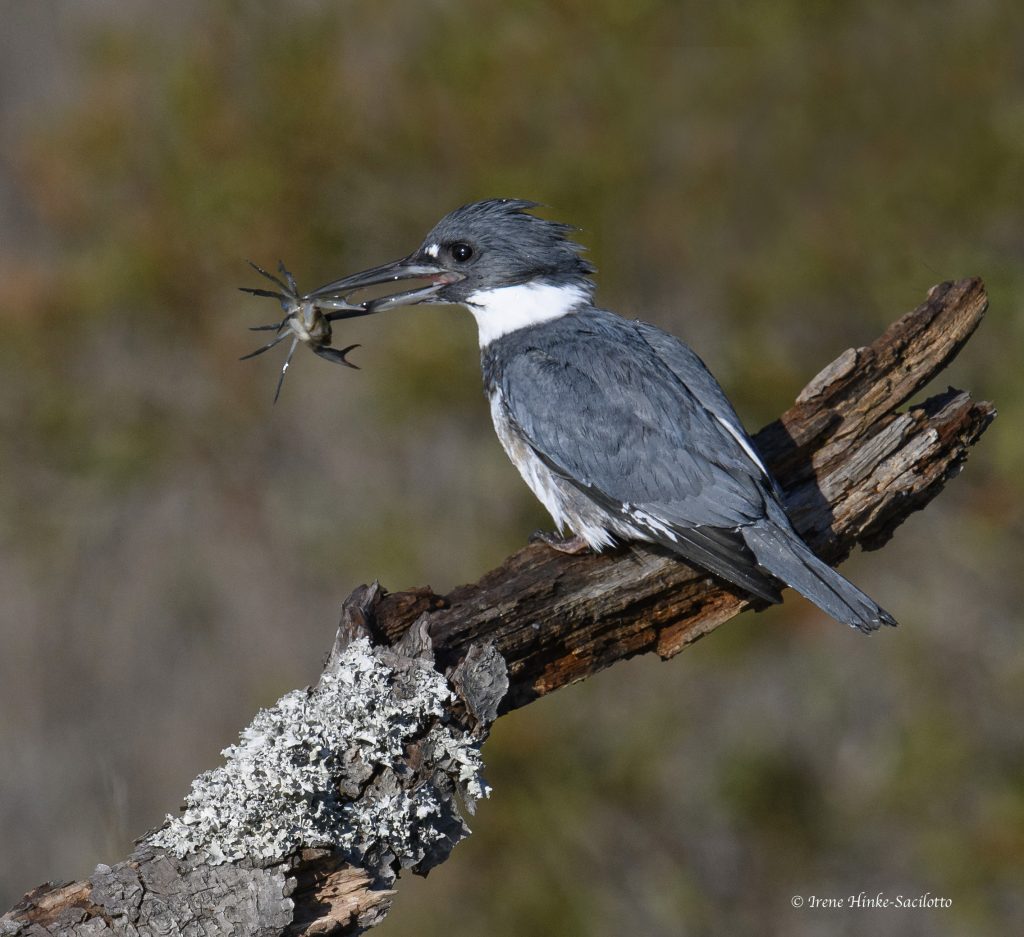
Relax and let your imagination soar
Give up preconceptions or labels applied to animals and scenes. Keep an open mind with the child-like curiosity and enthusiasm as when youngsters encounter something new. Be mentally flexible and experiment. Move and change your camera angle. Shoot lying on the ground pointing the lens up at the sky or tree. Stretch your imagination by giving yourself assignments such as going into the field with a single lens or shooting only with slow shutter speeds for an artistic approach. Everyone has his own unique vision. This becomes very obvious during workshop image reviews. Even though the photographers are at the same location and perhaps are photographing the same subject, the resulting mages are usually quite different.
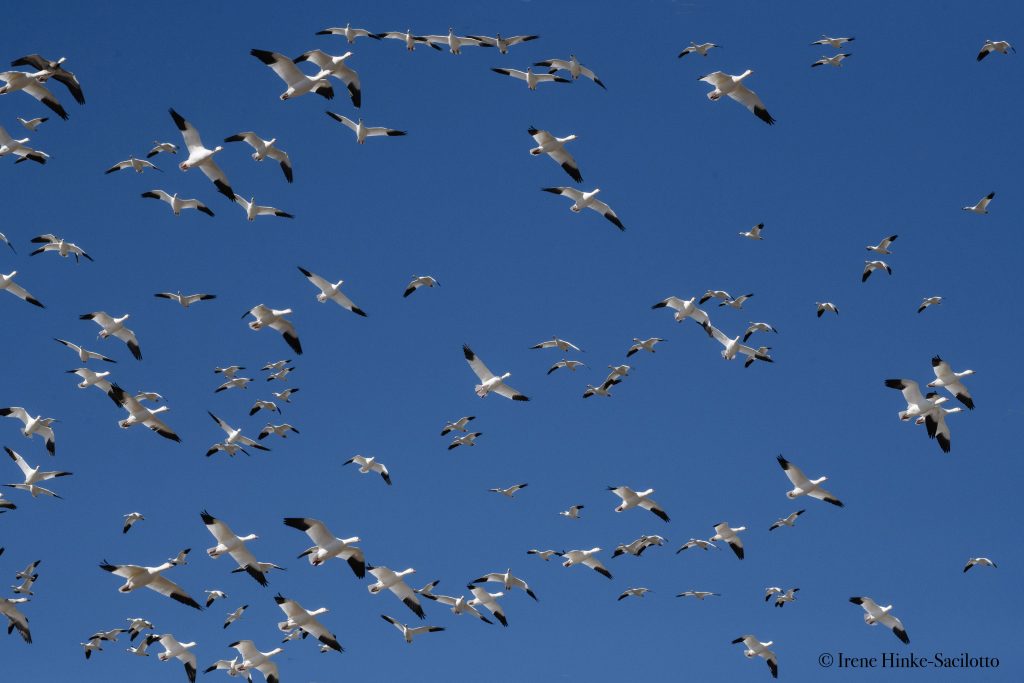
Identify the attraction
It is important during the process of creating an image to identify what attracted you to the subject initially. Is it rim-light, texture, patterns, repetition, reflections, beautiful detail, surprising behavior, unique appearance, interaction with the environment or other animals, etc. Once you are in touch with what attracted you, then select the lens, approach, positon, and lighting that best captures that feature or concept. Look for shots that tell a story about what is happening or what might occur.
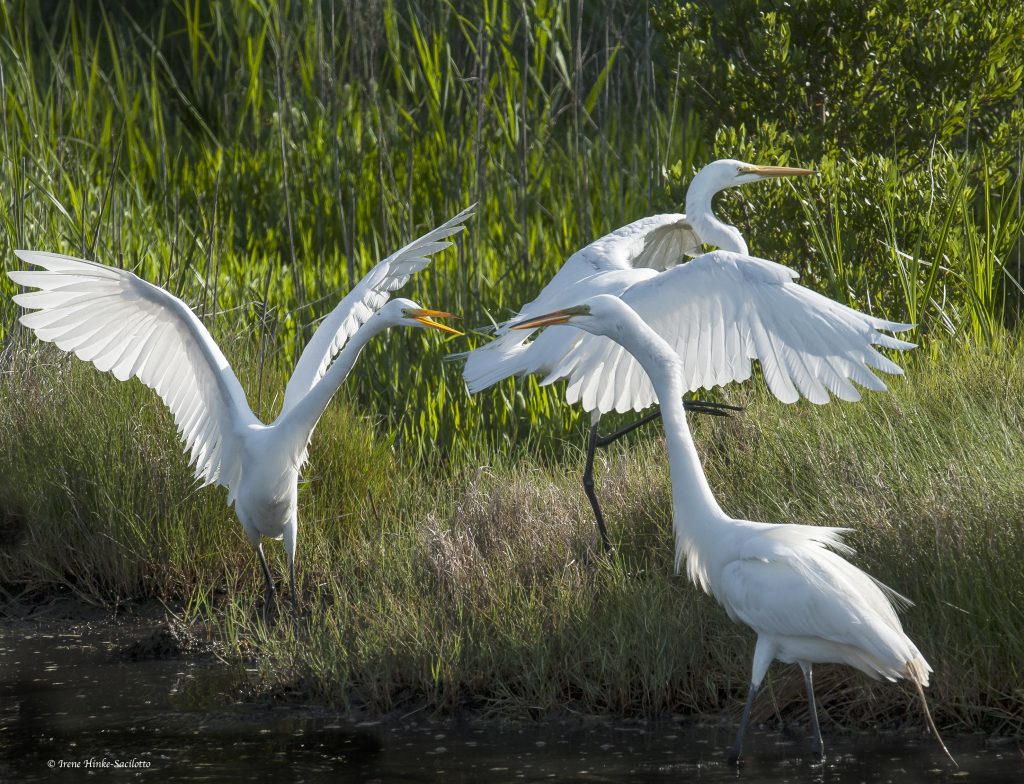

Refine your images
I continuously refine my images. I carefully look for potential flaws and make necessary changes. I look for opportunities outside my initial approach. Therefore, I am guilty of taking a number of shots of a particular scene with different points of view. I carefully examine the edges of the frame and background looking for distractions that might pull the viewer’s attention away from the subject or out of the frame. Proper use of lines, contrast, color, etc. can control the viewers eye leading to the subject and keeping it in the frame.
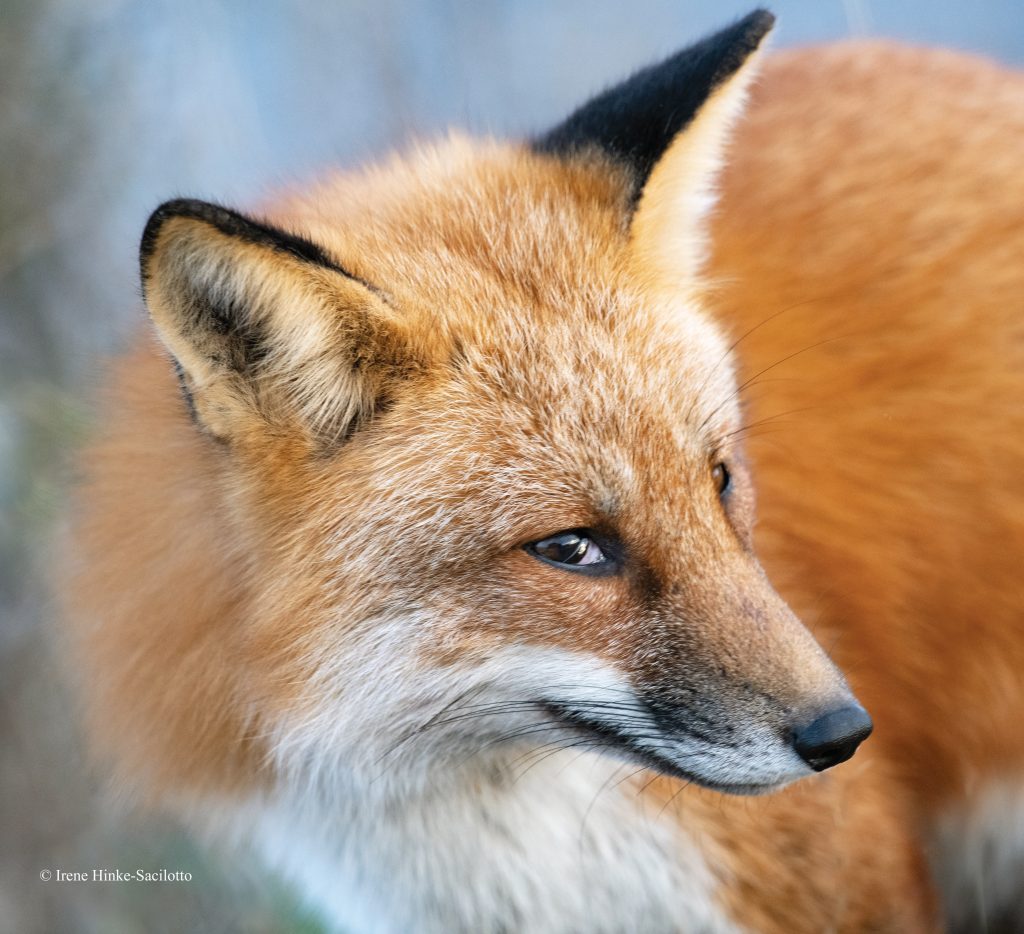
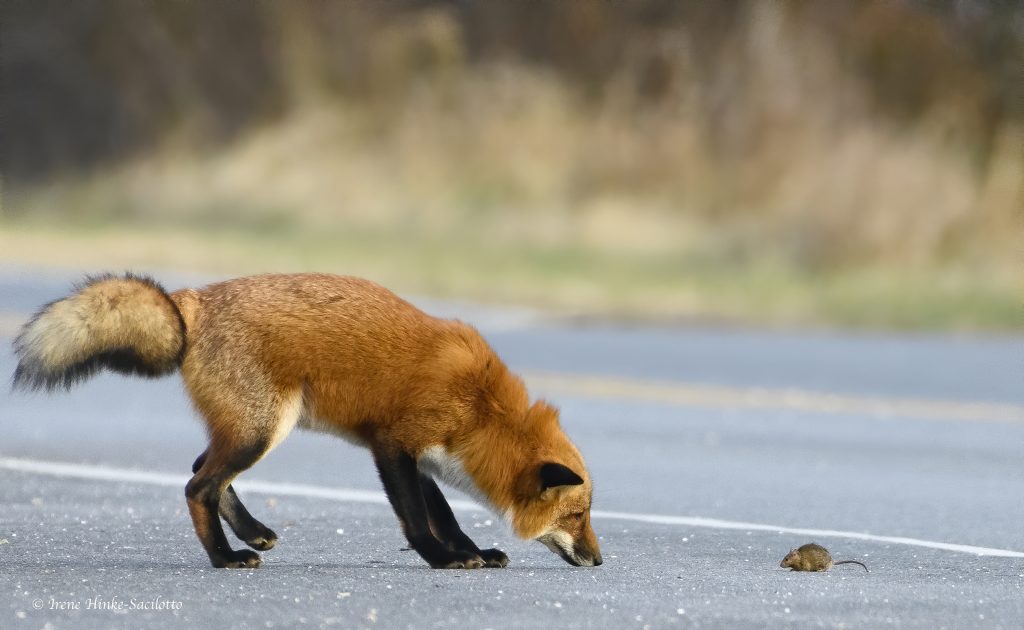
Background
Sometimes I squint my eyes, particularly when photographing silhouettes, to exclude less important details and get a feeling for what stands out or could be a potential problem. For example, I use this technique to see whether the silhouetted subject stands out against a lit background and does not blend with other unlit portions of the scene. Particularly with close-up photography, I sometimes take the focus off the subject and focus on the background for an instant. This technique allows me to spot strong forms, bright spots, or other distractions that might compete with the subject. When shooting with longer lenses with a narrow angle of view, slight shifts in position can dramatically affect the result.

One solution to a distracting background is to place a shadowed area to place behind a lit subject. Be patient, one subject can be approached in many different ways if you take the time to consider alternatives. Make the best of the opportunity. Perhaps, move, switch lenses, concentrate on detail such as colorful feather or unusual markings. Think outside the box and consider rendering the image as a black and white photo.

Capturing the Unique
I love capturing the unique aspects of an animal’s morphology and behavior. I look for the unexpected, humor, or emotion evoked by the scene. Photography should be fun. Every situation is unique, for the behavior, environment, and lighting is never the same. Don’t pass up on an opportunity expecting it to be there tomorrow. It won’t!
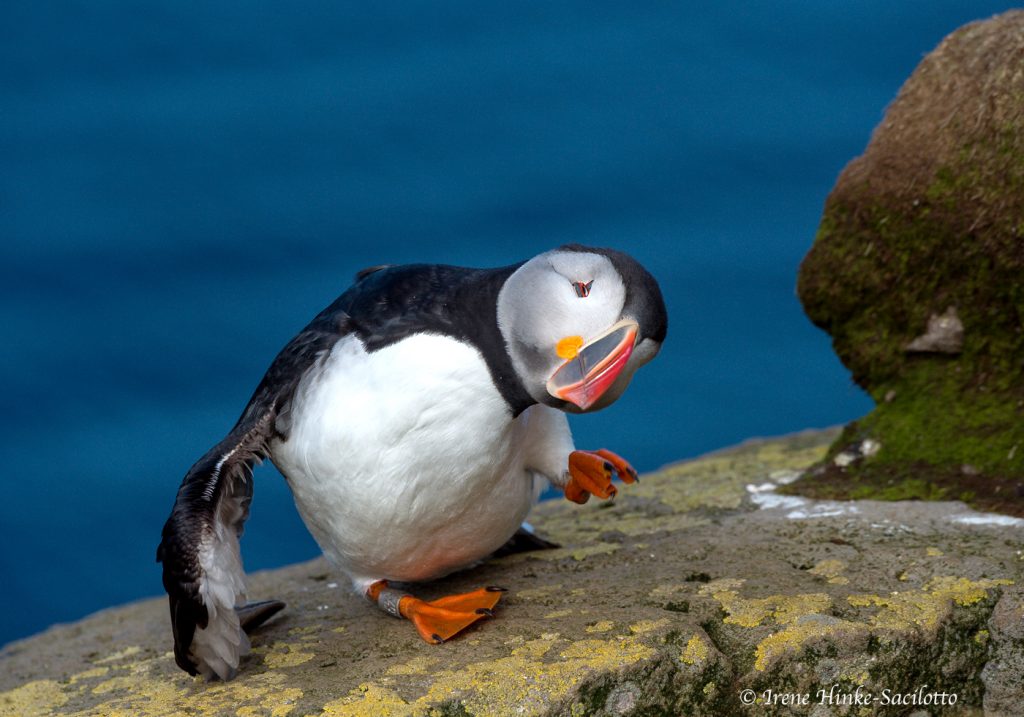
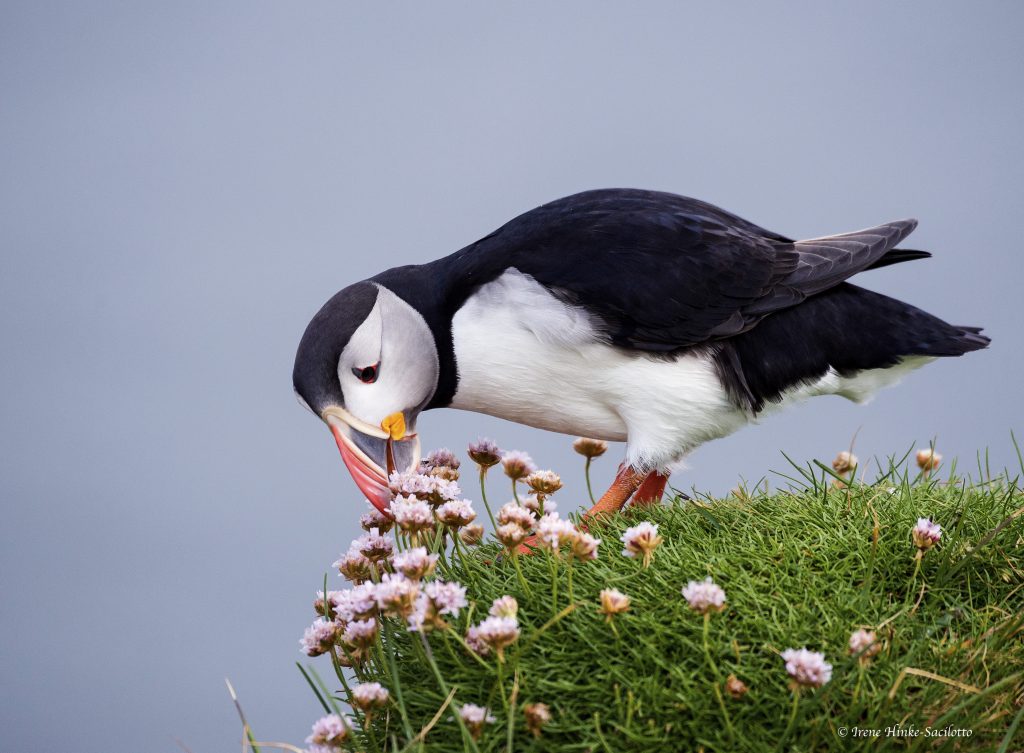
Imaginary Gallery
To judge the impact of a photo, sometimes I imagine the photograph hanging in a gallery. I approach the photo as if I am seeing it for the first time. Then I ask myself, have I conveyed the thoughts and feelings I experienced while taking the photo? Is the composition static – perhaps centered or with the horizon in the middle of the frame? Is the viewers eye drawn to the subject and not a distracting background? Do lines lead out of the scene instead of inviting exploration of the image? Does it convey a story?

You never stop learning or should you feel ashamed if you asking questions of others. My workshops are small so I can provide individual attention to everyone, no matter their skill level. I typically learn something each time I conduct a program. If you have an open mind and see disappointments as opportunities, you will gain from the experiences, advancing your photographic skills, recognizing new photo opportunities, and increasing your creativity.
The post Passion for Wildlife Photography appeared first on Osprey Photo Workshops and Tours.
View Post on Original Blog
https://www.ospreyphoto.com/passion-for-wildlife-photography/
